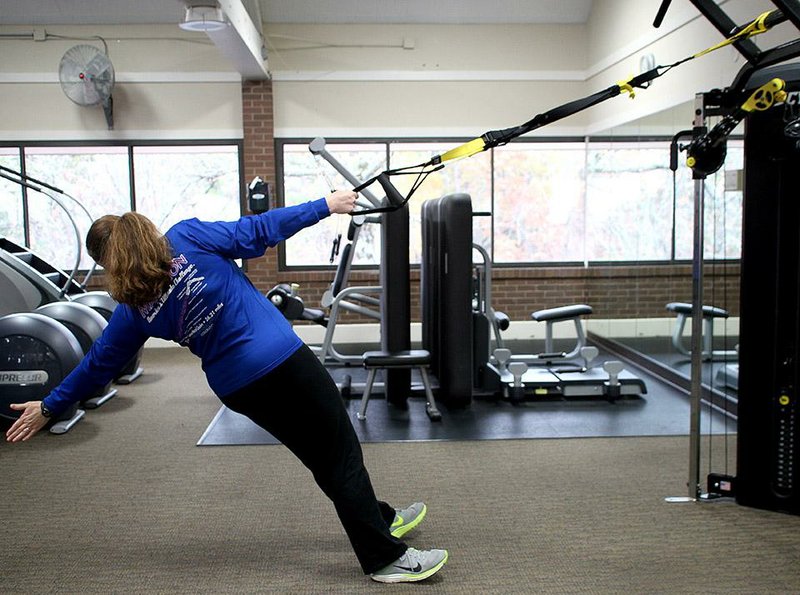Due to various types of back and neck discomfort, many people can't handle traditional floor-based abdominal exercises. As we age, getting down to the floor and back up can be difficult, even in the absence of any injury.
It helps to be aware of alternative exercises that can provide the same benefits as floor-based training without the associated wear and tear on fragile spines. This week, I'll present a few such moves and highlight one that really maximizes core involvement with the use of a TRX training system.
Seated and standing core work can definitely be just as challenging as any floor exercise. The key is understanding which muscle groups are affected by certain movements and to leverage those movements in the most efficient way possible.
Core twists activate the obliques first and foremost, which is a fantastic benefit because twisting movements are easy to perform in standing and seated positions. What's more, the standing or seated options for training the obliques can be more effective than those done lying face-up on the floor.
All you need is access to a cable machine, and you'll be able to set the pulley at a height that works for either option.
Traditional trunk flexion is a bit of a different story. It can be challenging to create resistance during trunk flexion without getting down on the floor. But having the right equipment makes all the difference.
If a Swiss ball is available, try sitting on it and lying down into a situp position. Then simply perform a standard situp while allowing the ball to roll as little as possible. This option gives you the advantage of staying off the floor with the added bonus of using an unstable surface -- which increases the exertion.
TRX training is another great way to challenge the core muscles while staying on your feet. Most TRX exercises require either a moderate or extreme postural tilt, which forces the core muscles to activate constantly. Whether you're performing a biceps curl or an upper body row, the postural tilt will activate the core in an isometric fashion.
This week's exercise uses TRX straps in a way that highlights the postural lean effect and one's ability to do unilateral actions. The TRX Core Twist will activate all the muscles throughout the core, and it's appropriate for almost all fitness levels.
1. Find a sturdy, stable anchor above your height for the TRX. Grasp one handle of one strap with both hands and lean back. Bend your knees slightly.
2. Release your right hand from the handle and twist your torso to the right. Keep the right arm fully extended as you twist and reach behind you.
3. Tighten your abdominals and twist back to the starting position.
4. Repeat this motion with the other arm.
5. Continue alternating sides for 12 repetitions.
This movement is fantastic for activating the entire core, but it does require target muscle awareness to perform correctly. In other words, think about tightening the abdominals and other core muscles during the movement.
Unlike a biceps curl or pushup, when working the oblique abdominals we don't get an automatic stimulus-response relationship between the movement and the appropriate muscles. You'll really need to tighten the right parts to maximize the effect. Once you do, you'll know it!
Matt Parrott has a doctorate in education (sport studies) and a master's in kinesiology and is certified by the American College of Sports Medicine.
vballtop@aol.com
ActiveStyle on 12/08/2014
